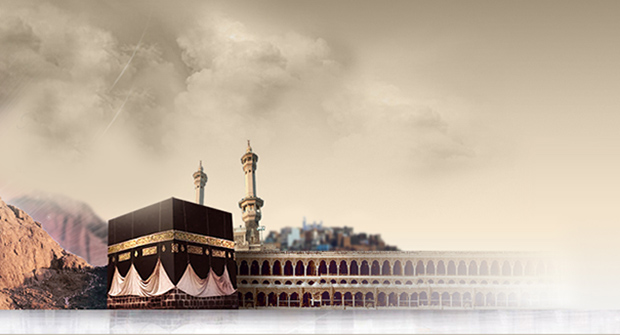We ride, we ride two men on two dromedaries the sun flames over our head, everything is shimmer and glimmer and swimming light. Reddish and orange-coloured dunes, dunes behind dunes beyond dunes, loneliness and burning silence, and two men on two dromedaries in that swinging gait that makes you sleepy, so that you forget the day, the sun, the hot wind and the long way. Tufts of yellow grass grow sparsely on the crests of the dune, and here and there gnarled hamdh bushes wind over the sand like giant snakes. Sleepy have become the senses, you are rocking in the saddle, you perceive hardly anything beyond the crushing of the sand under the camels’ soles…
In 1954 there arrived in America an exceptional book which immediately caught the imagination of the reviewers. Between its pages lay a narrative of exquisite eloquence and of a world which was fast disappearing; indeed, today it seems an era lost to the sands of Arabia where the book is set. Part memoir and part travelogue, Muhammad Asad’s “The Road to Mecca” is a gem of among the books about the Middle East, and as a record of an under researched era – just prior to the fall of the Ottoman Caliphate – it is indispensable in the historiography of that historic land.
The book captures the essence of Arabian life from an insider’s viewpoint, articulated so well that it is hard to keep in mind that a lot of what Asad describes is from the position of a non-Muslim traveler whose native land was in fact on European soil. This being the case, “The Road to Mecca” is an extraordinary tale of a man’s coming to the Islamic faith. His journey to Mecca (after he has converted) is interwoven with flashbacks of his earlier visits to Arabia when he is in fact a non-Muslim. This to and fro tapestry of “The Road to Mecca” makes it more than a biography though as it becomes an intimate insight into a man’s spiritual discovery. And yet, that’s not all. “The Road to Mecca” contains such lucid analysis of political realities of the twenties and thirties in the Middle East that it provides a shrewd commentary for any political historian. His involvement in the resistance in Libya against Italian colonialism and his meeting Omar Mukhtar makes for fascinating reading.
Furthermore, his familiarity with psychoanalysis (to which he makes several references) lends the book yet more depth. His penetrating analysis of the people and of the customs prevalent in the lands he visits is to this day refreshing and novel. But the lasting impression of “The Road to Mecca” is of the desert whose centrality in the narrative makes the landscape not only come alive but bears a presence in the book that is spellbinding. The opening image of ‘two men on two dromedaries’ riding lazily across barren land where the sun flames are all ‘shimmer and glimmer and swimming light’, lulls the reader into the scene of hot Arabia and the magic of its enigmatic sands. In fact, Asad’s mesmerising language is another reason to curl up and read this book, to savour every detail while loosing yourself to the idyllic and now lost time to which “The Road to Mecca” leads you.
[donationbanner]
Notes:
sorce: www.islam21c.com









just amazing, my favourite book written by man.
My favourite man written book, just amazing.
My favourite man written book, just amazing.